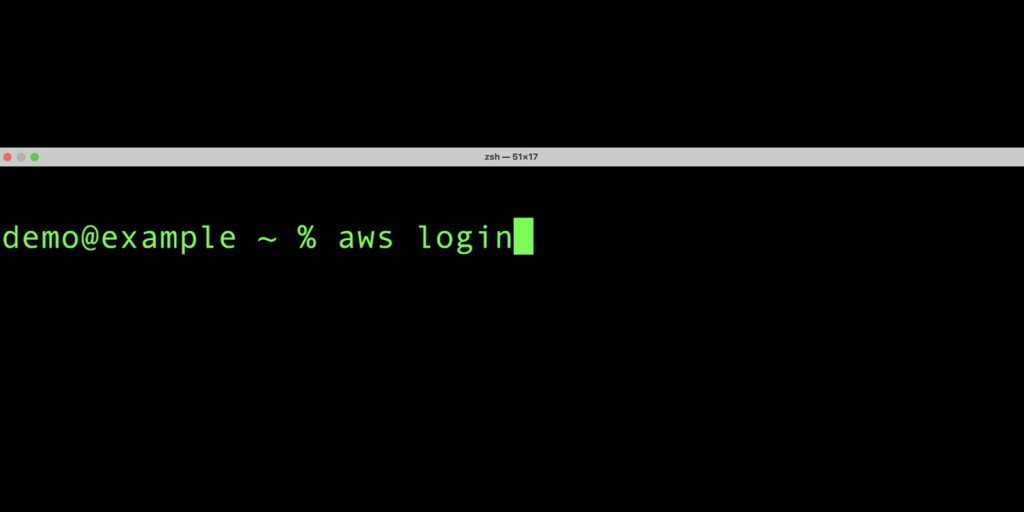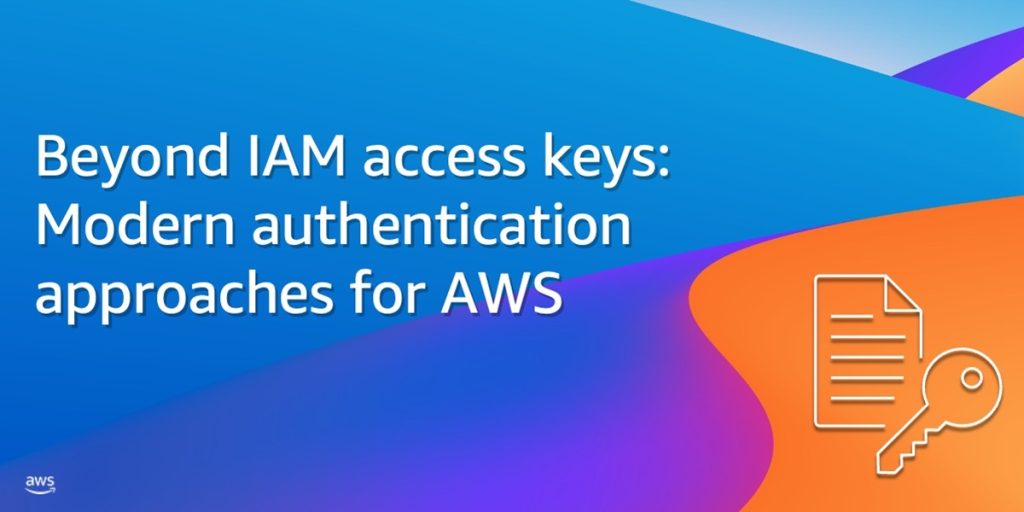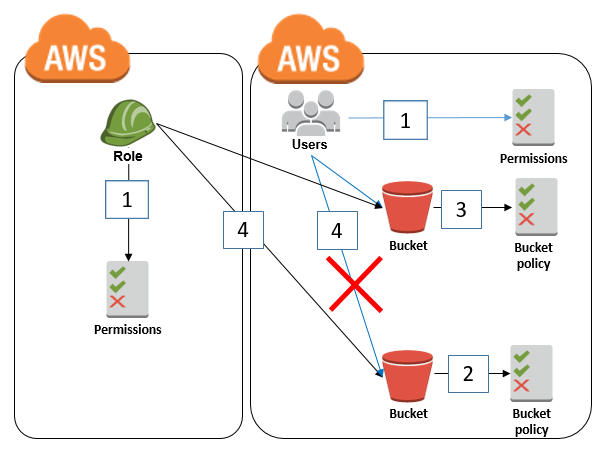AWS Security Blog
Category: AWS Identity and Access Management (IAM)
Simplified developer access to AWS with ‘aws login’
Getting credentials for local development with AWS is now simpler and more secure. A new AWS Command Line Interface (AWS CLI) command, aws login, lets you start building immediately after signing up for AWS without creating and managing long-term access keys. You use the same sign-in method you already use for the AWS Management Console. […]
Unlock new possibilities: AWS Organizations service control policy now supports full IAM language
Amazon Web Service (AWS) recently announced that AWS Organizations now offers full AWS Identity and Access Management (IAM) policy language support for service control policies (SCPs). With this feature, you can use conditions, individual resource Amazon Resource Names (ARNs), and the NotAction element with Allow statements. Additionally, you can now use wildcards at the beginning or middle of […]
Beyond IAM access keys: Modern authentication approaches for AWS
When it comes to AWS authentication, relying on long-term credentials, such as AWS Identity and Access Management (IAM) access keys, introduces unnecessary risks; including potential credential exposure, unauthorized sharing, or theft. In this post, I present five common use cases where AWS customers traditionally use IAM access keys and present more secure alternatives that you […]
Building identity-first security: A guide to the Identity and Access Management track at AWS re:Inforce 2025
Join us at AWS re:Inforce 2025 from June 16 to 18 as we dive deep into identity and access management, where we’ll explore how organizations are securing identities at scale. As the traditional security perimeter continues to dissolve in our hybrid and multi-cloud world, this year’s sessions showcase how AWS customers are building comprehensive identity-centric […]
Implementing just-in-time privileged access to AWS with Microsoft Entra and AWS IAM Identity Center
June 19, 2025: We made a correction to the windows of access that a user could have when using this solution. Controlling access to your privileged and sensitive resources is critical for all AWS customers. Preventing direct human interaction with services and systems through automation is the primary means of accomplishing this. For those infrequent […]
How to import existing AWS Organizations SCPs and RCPs to CloudFormation
Many AWS Organizations customers begin by creating and manually applying service control policies (SCPs) and resource control policies (RCPs) through the AWS Management Console or AWS Command Line Interface (AWS CLI) when they first set up their environments. However, as the organization grows and the number of policies increases, this manual approach can become cumbersome. It can […]
Planning for your IAM Roles Anywhere deployment
IAM Roles Anywhere is a feature of AWS Identity and Access Management (IAM) that enables you to use X.509 certificates from your public key infrastructure (PKI) to request temporary Amazon Web Services (AWS) security credentials. By using IAM Roles Anywhere, your workloads, applications, containers, or devices that run external to AWS can access AWS resources and perform tasks like […]
Four ways to grant cross-account access in AWS
As your Amazon Web Services (AWS) environment grows, you might develop a need to grant cross-account access to resources. This could be for various reasons, such as enabling centralized operations across multiple AWS accounts, sharing resources across teams or projects within your organization, or integrating with third-party services. However, granting cross-account access requires careful consideration […]
How to restrict Amazon S3 bucket access to a specific IAM role
February 14, 2025: This post was updated with the recommendation to restrict S3 bucket access to an IAM role by using the aws:PrincipalArn condition key instead of the aws:userid condition key. April 2, 2021: In the section “Granting cross-account bucket access to a specific IAM role,” we updated the second policy to fix an error. […]
Announcing upcoming changes to the AWS Security Token Service global endpoint
April 18, 2025: AWS has made changes to the AWS Security Token Service (AWS STS) global endpoint (sts.amazonaws.com) in Regions enabled by default to enhance its resiliency and performance. AWS STS requests to the global endpoint are automatically served in the same AWS Region as your workloads. These changes will not be deployed to opt-in […]









